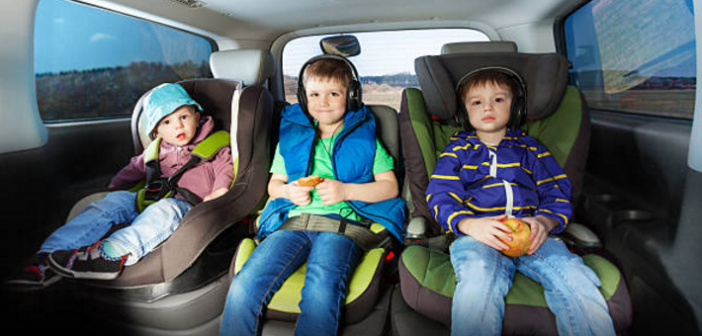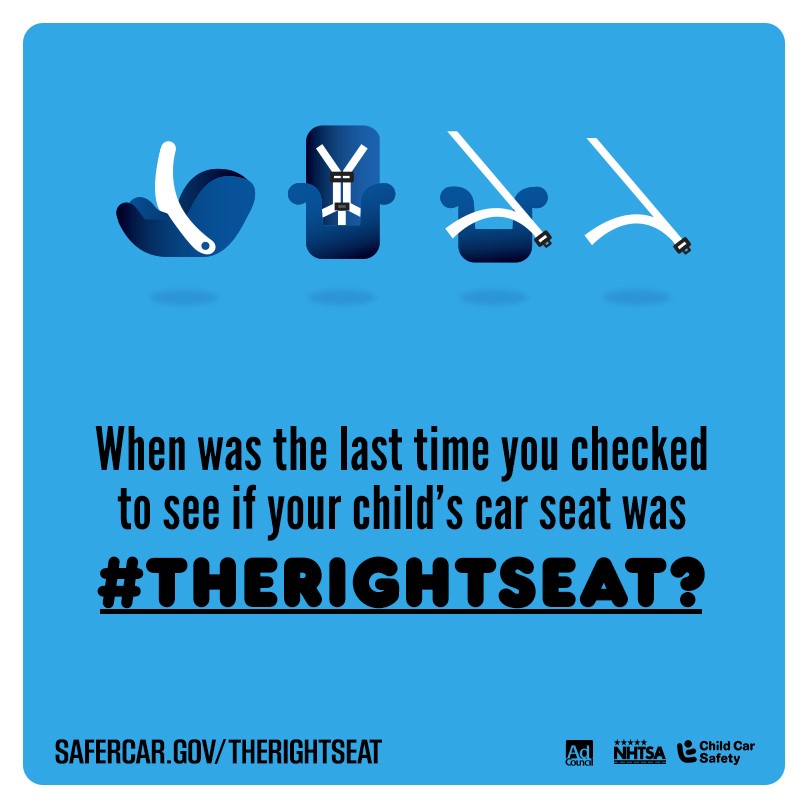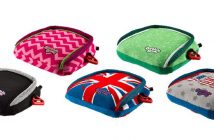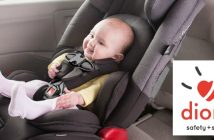If you have children, it is probably your first instinct to KNOW that they must be in a car seat from the time they leave the hospital until they are old enough to move to a booster seat, and then to simply buckling up in a seat belt. But how do you know when that time is and do you really have your child in the RIGHT car seat for their age, weight, and height? There is so much information out there – I know that it is confusing and it is my hope that by sharing these resources with other moms – we will save lives!
It is insane to me that every 33 seconds, a child under 13 is involved in a car crash in the United States! YIKES! Car seats, if used correctly, can dramatically reduce the risk of death or injury. But over half of car seats are either installed or used incorrectly, and 1 in 3 children killed in car crashes are completely unrestrained at the time of the crash. A sad statistic that could truly be avoided if people were more informed, don’t you think?
The right car seat can make all the difference in a motor vehicle crash. And car crashes are a leading cause of death for children 1 to 13 years old. But despite their best intentions, many parents may not realize their child isn’t in the right seat. For example, many parents move their children to the next restraint type (car seat, booster seat, seat belt) too soon.
Car Seat Safety Tips:
- Check age and size: Find a car seat that fits your child. As children grow, how they fit in their car seat will change. Make sure the car seat you purchase is designed to fit your child’s current size and age and allows room for growth.
- Read the manual: Before installing your car seat in your vehicle and putting your child in the car seat, read the manufacturer’s instructions so you know how your car seat works.
- Test it in your car: Not all car seats fit in all vehicles so test the car seat you plan to buy to make sure it fits correctly in your vehicle.
- Register it: Register your car seat and booster seat at SaferCar.gov/TheRightSeat so you will be informed if there is a safety recall on your model.
- All-in-one Seats: “All-in-one” seats can be a great option for your child as they grow. They offer you the advantage of using the same seat for the following positions: rear-facing, forward-facing with harness, then booster seat. These seats typically have higher height and weight limits for the rear-facing position, allowing you to keep your child rear-facing for a longer period of time, which safety experts strongly recommend.
- Get it checked: Be certain you’ve installed your car seat correctly by having it checked by a certified child passenger safety technician. Bring the car seat instructions AND the vehicle owner’s manual with you to a car seat inspection appointment!
- General age guidelines: Remember, the best car seat is the one that fits your child properly, is easy to use, and fits in your vehicle correctly. The information here can help you choose the right seat for your child. Keep in mind that:
- Children under age 1 should always ride in a rear-facing car seat.
- Children ages 1-3 should be kept in a rear-facing seat until they reach the car seat’s top height or weight limit.
- Keep your child in the back seat until at least age 13.straint type (car seat, booster seat, seat belt) too soon.
The bottom line is – you NEED to make sure your child is in the right seat. Otherwise, you may think they are safe when they truly are not. To make sure you have #TheRightSeat for your child, visit SaferCar.gov/TheRightSeat.






useful article. passenger safety very important for child and babies.
thanks for your review.